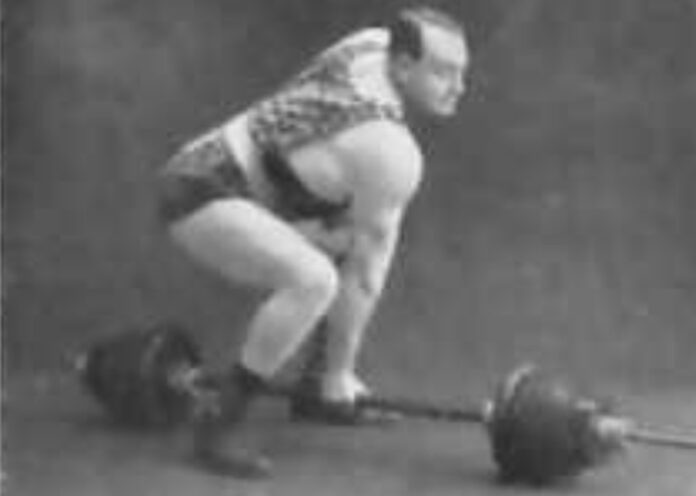Thomas Inch was a Scottish soldier who received the Victoria Cross for his actions in the Crimean War. He is best known for being the last person to die in battle during that war, and even though he died over 150 years ago, his story still has an impact on modern day society.
Thomas Inch was an English inventor, best known for his invention of the steam engine. He was born on October 16, 1785 in London.
Three Thomas Inch novels have been added to the Sandow Plus website. The following is a link to the main Thomas Inch listing:
The three new listings are available in PDF format. These books are also available to watch online. For your convenience, we’ve included a few quick links below. Please keep in mind that the PDF lists are very big and may take a while to load.
Online version of Thomas Inch On Strength (or download the PDF)
Online version of Strength Secrets (or download the PDF)
Advanced Exercises Instructions – Online Version (or download the PDF)
The Inch Dumbbell is often linked with the name Thomas Inch. The first Inch dumbbell weighed 172 lbs. and 9 oz. Inch has made a name for himself by lifting this thick-handled dumbbell above.
Thomas Inch, once Britain’s Strongest Man, should be recognized for much more than his dumbbell lifting ability. He was born in 1881 and offered concepts that many people now mistake for fresh discoveries. When you go over his stuff (and the rest of the Sandow site), you’ll see that there’s practically nothing new.
One of the reasons I like Inch’s work is because of his passion in and participation with boxing. Gunner Moir and Bombardier Billy Wells are two famous combatants with whom Inch collaborated (pictured below).
In the book Strength Secrets, mentioned above, Inch tells tales about these fighters. In the book Thomas Inch on Strength, he also talks about boxing. He even recommended non-fighters do different boxing exercises. In fact, most of what he recommended in the early 1900s would now be classified as cross-training. Inch, for instance, stated the following:
“I believe that changing the effort by devoting a specific amount of time to other techniques, such as fairly heavy dumbbell exercises, use of a heavy expander, and interest in and involvement in other sports and activities, is beneficial.”
After that, he went on to remark,
“Exercises such as jogging, skipping, Indian club swinging, long-distance light dumbbell work or wall exercise work, shadow boxing, ball punching, boxing, and so on are examples of this kind of activity. Though it has its benefits, such as improving wind and speed, none of this kind of training is designed to put on a lot of muscle mass.”
Inch also had some fascinating things to say about speed and strength, tendon strength, mental efficiency, and other subjects.
If you want to learn how to become stronger and more athletic, it’s always best to learn from someone who has walked the path and lived what he preached. Long before any of today’s so-called training secrets were made public, Thomas Inch was an absolute beast.
I strongly advise you to spend some time looking over his materials.
Thomas Inch is a British undertaker who was born in 1784. He is credited with inventing the first practical coffin, which he called The Inch. Reference: thomas inch weight.




